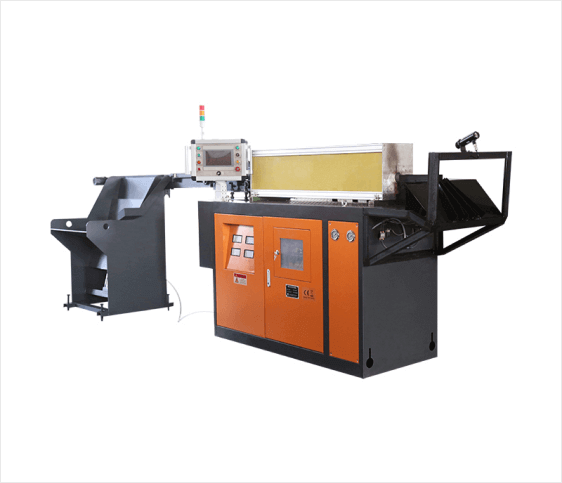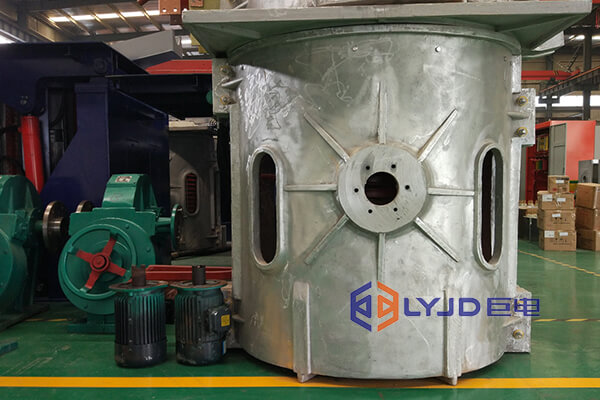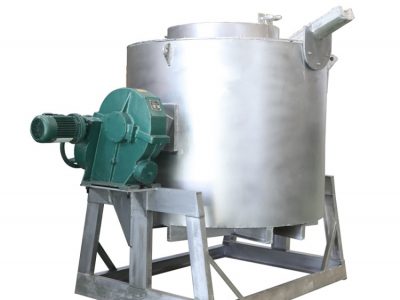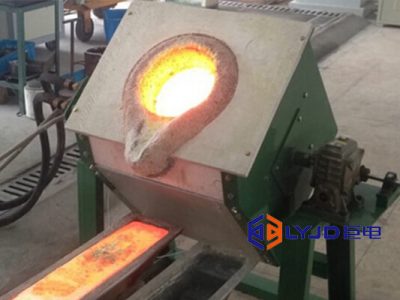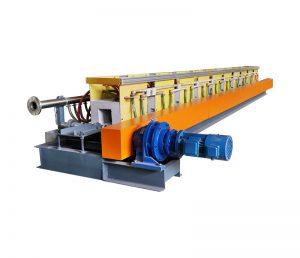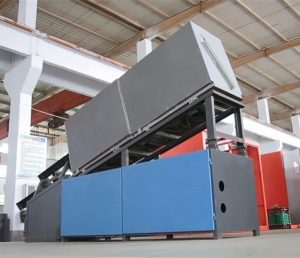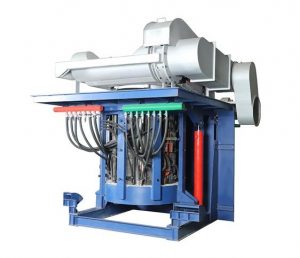The induction melting furnace for steel has become a popular choice in the steel manufacturing industry due to their numerous advantages over traditional melting methods. These furnaces utilize electromagnetic induction to generate heat, resulting in efficient and precise melting of steel. In this article, we will explore the advantages of induction melting furnaces for steel manufacturing.
Energy Efficiency
Induction melting furnaces are highly energy-efficient compared to other melting methods. They utilize electromagnetic induction to directly heat the metal, resulting in minimal heat loss. This efficient heating process reduces energy consumption, leading to cost savings and environmental benefits.
Rapid Heating and Melting
Induction furnaces can achieve rapid heating and melting of steel. The electromagnetic field generated by the furnace induces currents within the steel, causing it to heat up quickly and uniformly. This results in shorter melting cycles and increased productivity in steel manufacturing.
Precise Temperature Control
Induction melting furnaces offer precise temperature control, allowing manufacturers to maintain the desired temperature throughout the melting process. This level of control ensures consistent quality and properties of the molten steel, meeting the strict specifications required for various applications.
Clean and Environmentally Friendly
Induction melting furnaces produce minimal emissions and pollutants compared to other melting methods. The absence of combustion processes reduces the release of harmful gases and particulate matter, contributing to a cleaner and safer working environment. Additionally, the reduction in waste and energy consumption promotes environmental sustainability.
Versatility
Induction melting furnaces are highly versatile and can accommodate a wide range of steel alloys and compositions. They can handle different sizes and shapes of steel, including scrap metal, ingots, and billets. This versatility allows manufacturers to adapt to varying production requirements and produce a diverse range of steel products.
Improved Metal Quality
The precise temperature control and uniform heating provided by induction melting furnaces result in improved metal quality. The absence of contaminants and the ability to remove impurities during the melting process contribute to the production of high-quality steel with consistent properties. This ensures that the final steel products meet the stringent industry standards.
Reduced Scrap Loss
Induction melting furnaces minimize scrap loss during the melting process. The rapid heating and precise temperature control prevent overheating and excessive metal loss. This reduces material waste, leading to cost savings and increased overall efficiency in steel manufacturing.
Enhanced Safety Features
Induction melting furnaces are equipped with advanced safety features to protect operators and prevent accidents. These features include temperature monitoring, automatic shut-off systems, and fume extraction mechanisms. The improved safety measures ensure a secure working environment and minimize the risk of injuries or mishaps.
Increased Productivity
The combination of rapid heating, precise temperature control, and reduced scrap loss contributes to increased productivity in steel manufacturing. Induction melting furnaces enable shorter melting cycles, allowing for higher production rates and faster turnaround times. This results in improved overall efficiency and competitiveness in the market.
Cost-Effective
Despite the initial investment, industrial melting furnaces offer long-term cost savings. The energy efficiency, reduced scrap loss, and improved productivity result in lower operational costs. Additionally, the high-quality steel produced by these furnaces reduces the need for post-melting processing, further reducing costs and enhancing cost-effectiveness.
Conclusion
The induction melting furnace for steel has revolutionized steel manufacturing by offering numerous advantages over traditional melting methods. The energy efficiency, rapid heating, precise temperature control, and improved metal quality make them an ideal choice for steel manufacturers. With their versatility, enhanced safety features, increased productivity, and cost-effectiveness, induction melting furnaces have become an indispensable tool in the steel industry, driving innovation and improving overall manufacturing processes.
